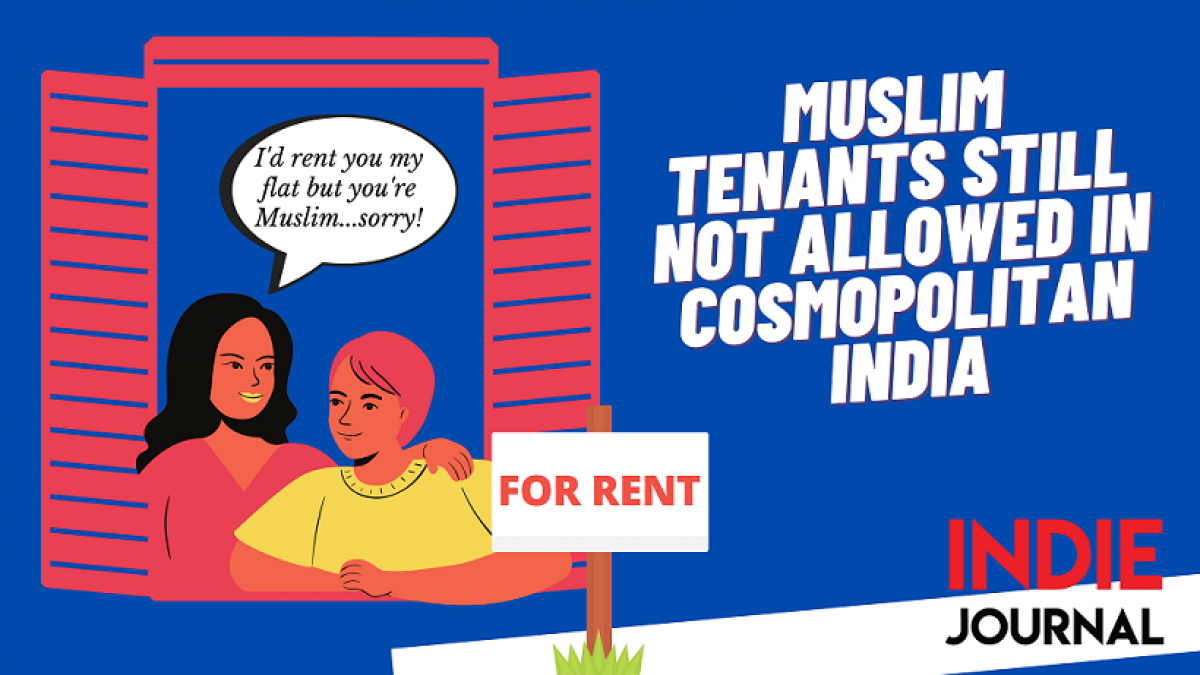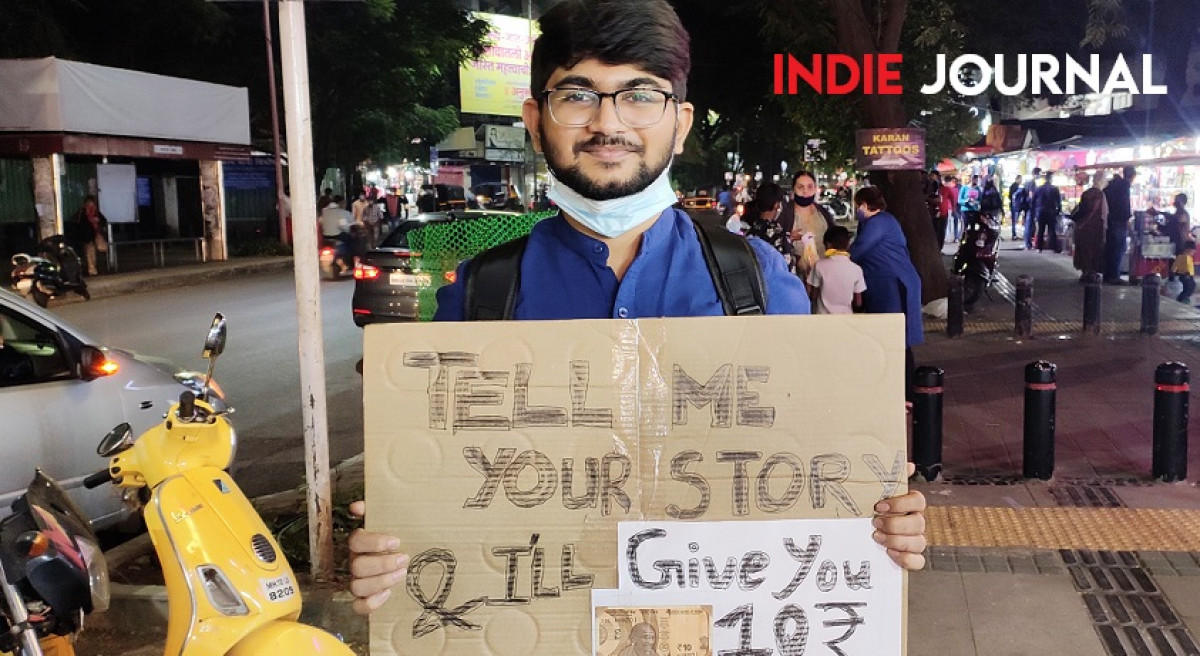India
Massive awareness campaigns fail to destigmatize HIV AIDS
On World AIDS Day, challenges in HIV awareness amidst the COVID-19 pandemic and lockdown.

As we observe World AIDS Day on December 1 with this year’s theme as ‘Ending the HIV/AIDS Epidemic: Resilience and Impact’, those tied with the disease still fight the stigma, prejudices and governance and social problems that accompany it. India, which has the third-largest HIV pandemic in the world with 2.1 million HIV patients, is no stranger to these issues, especially in times of COVID-19 pandemic.
Knowing the Disease
“Ask an educated person if they know the difference between HIV and AIDS, what are the symptoms, the medicines, the treatment, etc. They will stumble in explaining what the disease is, let alone the other questions,” says Ravindra Kumar, a volunteer at the non-profit organisation called Prayas, which helps raise awareness about HIV/AIDS.
The human immunodeficiency virus, commonly known as HIV, is a disease that weakens the immune system by attacking body cells which fight body infections. It makes the person more prone to frequent fevers, infections and viruses. As HIV progresses in the body, it may cause severe damage to the immune system due to a lack of proper treatment and care. Such a compromised state of the body is called HIV stage 3 or AIDS (Acquired Immunodeficiency Syndrome). Thus, a person cannot have AIDS without contracting HIV first.
Since 1988, the UN observes December 1 as World AIDS Day to promote solidarity and raise awareness about the disease.
Spread and Ensuing Stigma
Speaking about the misconceptions of how HIV/AIDS spreads, Pune based Dr Madhumita Singh says, “The disease can only spread through vaginal, oral or anal sex, through blood products like unclean needles or unscreened blood, or from a mother to her baby through pregnancy, labour or breastfeeding. Though this information has been repeatedly provided to the public, we have heard of multiple cases where the patient is shunned – no handshakes, no hugs, maintaining a distance, etc.”
#DYK: 1M people die from #HIV every year because they:
— World Health Organization (WHO) (@WHO) December 1, 2020
🔺Don't know they have it
🔺Aren't on treatment
🔺Start treatment too late#WorldAIDSDay pic.twitter.com/YM2hzUgjKY
Such a stigmatized society is a common sight not only in India but across the world in developed countries too. People tend to exaggerate the causes of the disease, and focus on the “sexual/physical contact” part of it, says Singh. Lack of awareness and the inability to get rid of prejudices is one of the reasons that this stigma still survives in the age of the internet, where facts are just a click away. Kirti Gawli, a social worker adds, “Even if a person contracts HIV through improper use of needles, they will be judged for engaging in illegitimate sexual acts. Why can’t we as a society think beyond one aspect of the spread of disease? Women with AIDS are called terms that equate them with sex workers. We need to understand that our attitude and conduct towards the disease and the patients is as important as understanding spread of the disease.”
Testing the Treatment
This stigma, besides existing in the social sphere, also goes on to affect the governance aspect of the disease. Every HIV/AIDS patient can avail an HIV test at affordable prices and free medicines from the government. And yet, there’s a significant number of people who avoid going to government institutions for a free dose of medicines. “ART or the antiretroviral therapy comprises antiretroviral drugs which fight the progression of HIV and prevention of AIDS. Adults require this dose monthly, whereas children require it monthly or once every six months depending on their weight and age. But, to avail these medicines, the patients need to get a test first. Most patients will avoid government hospitals because the staff does not follow a confidentiality protocol, compromising the patient’s privacy and making them more vulnerable to social stigma,” says Ravindra.
At Sassoon General Hospital in Pune, the staff does not give out reports between 9 am and noon, says Kirti. A patient will have to skip work/schedule or send someone else to collect the reports. “A patient is more likely to get a more expensive test at a private hospital than to get one at Sassoon where there’s the risk of the test results being shared with someone else,” she adds. While tests and treatment for HIV/AIDS can be availed free of cost at government health centres, they are much expensive at private health facilities – tests will cost Rs 2,000 – Rs 3,000, while monthly ART will cost Rs 3,000 – Rs 5000.
HIV/AIDS in the Time of COVID
Since HIV/AIDS attacks the immunity system, it’s a no-brainer that the ongoing COVID-19 pandemic has only added to the health complications of these patients. Patients who suffered from tuberculosis, pneumocystis pneumonia, lung tumours or lymph nodes became more prone to COVID-19 because of a compromised immune system. “There are two types of immune response in our body – T cell response and B cell response. The former is in charge of the white cells which are targeted by HIV, whereas the latter is in charge of the production of antibodies which is required following a COVID treatment. Both are interdependent. This goes on to show that HIV as a disease becomes more deadly when exposed to COVID-19,” explains Singh.
Steve Kraus, the then Director of the UNAIDS Regional Support Team for Asia and the Pacific had stated in 2017 that India will end the HIV/AIDS epidemic by 2030. However, according to the latest report from the Joint UN Programme on HIV/AIDS released this week, the ongoing COVID-19 pandemic could result in 123,000 to 293,000 new HIV cases and 69,000 to 148,000 additional AIDS-related deaths in the next two years. Considering these predictions, the rapid spread of the novel Coronavirus has created additional setbacks to the efforts to end the epidemic in India by 2030.
Sex Workers and HIV/AIDS
The residents of red-light areas comprise a community that is the most prone to contracting HIV. While the community has been stigmatized, efforts made by the government and certain NGOs have been a vital aid. The sex workers get tested for HIV every six months at government health centres for free. If found positive, the patients are then registered with government-aided ART centres where they can avail treatment for free. The same protocol is followed for the children of the sex workers who contract the disease at birth.
However, when the lockdown was announced in March this year, most of the sex workers left for their hometowns to stay with their families, thus missing multiple doses of ART. “These sex workers haven’t informed their families about their profession. Their families think that they work as a house help in the city. So, when these workers left Pune, we could not contact them to talk about their ART appointments, which only made the task much more difficult,” says Dhanashree Jagtap, a researcher at National AIDS Control Organisation (NACO). A community which needs the free treatment for HIV regularly was deprived of it during the lockdown, with no proper medical help in the rural areas.
With a setback in the medical fight against HIV/AIDS, it won’t be wrong to expect the government to work on destigmatising the health issue. Special attention also needs to be directed towards the governance involved in diagnosing and treating the disease and supporting the patients.





